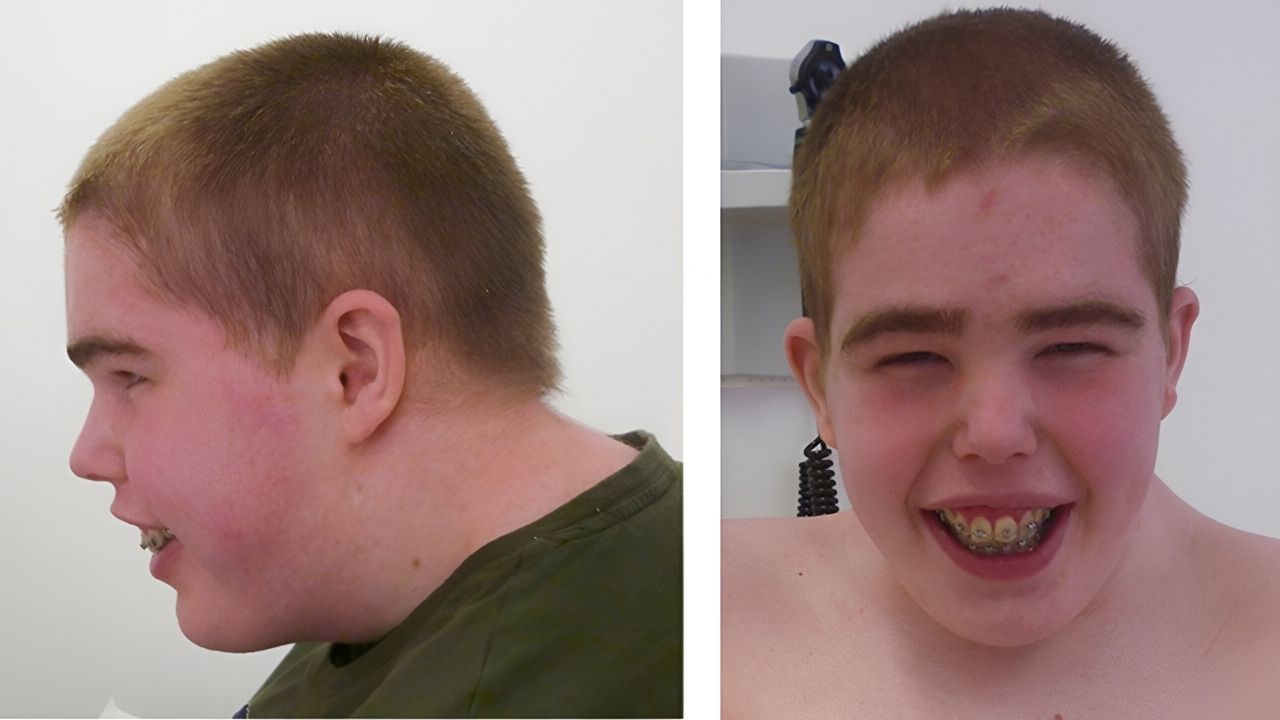
Tatton-Brown–Rahman Syndrome (TBRS) is a rare genetic disorder that affects various parts of the body. Caused by mutations in the DNMT3A gene, this condition often leads to overgrowth, intellectual disability, and distinctive facial features. Individuals with TBRS may also experience developmental delays, speech difficulties, and behavioral challenges. Though rare, understanding TBRS is crucial for early diagnosis and management. Parents and caregivers play a vital role in supporting those with this condition, ensuring they receive appropriate medical care and educational resources. With ongoing research, there's hope for better treatments and improved quality of life for those affected by TBRS.
Key Takeaways:
- Tatton-Brown–Rahman Syndrome (TBRS) is a rare genetic disorder causing physical, developmental, and cognitive challenges. It affects fewer than 100 people worldwide and requires early diagnosis and ongoing support.
- Individuals with TBRS may exhibit physical features like macrocephaly, tall stature, and distinct facial characteristics. They may also experience developmental delays, intellectual disability, and various health complications. Early intervention and multidisciplinary support are crucial for managing the condition.
What is Tatton-Brown–Rahman Syndrome?
Tatton-Brown–Rahman Syndrome (TBRS) is a rare genetic disorder that affects multiple systems in the body. It is caused by mutations in the DNMT3A gene. This condition can lead to a variety of physical, developmental, and cognitive challenges.
-
TBRS is named after two researchers, Katrina Tatton-Brown and Nazneen Rahman, who first described the syndrome in 2014.
-
The DNMT3A gene mutation responsible for TBRS plays a crucial role in DNA methylation, a process essential for normal development.
-
TBRS is extremely rare, with fewer than 100 cases reported worldwide.
Physical Characteristics of TBRS
Individuals with TBRS often exhibit distinct physical features. These characteristics can help in diagnosing the condition.
-
People with TBRS typically have a larger head size, known as macrocephaly.
-
Many individuals with TBRS have a tall stature compared to their peers.
-
Facial features may include a broad forehead, widely spaced eyes, and a flat nasal bridge.
-
Some individuals may have loose skin and joint hypermobility.
Developmental and Cognitive Aspects
TBRS can impact both physical and cognitive development. Understanding these aspects is crucial for providing appropriate care and support.
-
Developmental delays are common in children with TBRS, particularly in motor skills and speech.
-
Intellectual disability ranges from mild to moderate in individuals with TBRS.
-
Behavioral issues, such as anxiety and hyperactivity, are often observed.
-
Some individuals may have difficulties with social interactions and communication.
Health Complications Associated with TBRS
TBRS can lead to various health complications that require medical attention. Awareness of these issues is vital for managing the condition effectively.
-
Heart defects, such as atrial septal defects, are sometimes present in individuals with TBRS.
-
Gastrointestinal issues, including constipation and feeding difficulties, are common.
-
Some individuals may experience seizures or other neurological problems.
-
Hearing loss can occur, necessitating regular audiological evaluations.
Diagnosis and Genetic Testing
Diagnosing TBRS involves a combination of clinical evaluation and genetic testing. Early diagnosis can help in managing the condition better.
-
Genetic testing for mutations in the DNMT3A gene confirms the diagnosis of TBRS.
-
A detailed physical examination and assessment of developmental milestones are essential for initial diagnosis.
-
Family history may be reviewed to identify any genetic patterns or similar conditions.
Treatment and Management
While there is no cure for TBRS, various treatments and interventions can help manage symptoms and improve quality of life.
-
Early intervention programs, including physical, occupational, and speech therapy, are beneficial.
-
Regular monitoring of growth and development helps in addressing any emerging issues promptly.
-
Medications may be prescribed to manage specific symptoms, such as seizures or behavioral problems.
-
Support from a multidisciplinary team, including geneticists, neurologists, and cardiologists, is often necessary.
Living with TBRS
Living with TBRS requires ongoing support and adaptation. Families and caregivers play a crucial role in providing care and ensuring the well-being of individuals with TBRS.
-
Support groups and online communities can offer valuable resources and emotional support for families.
-
Educational accommodations may be needed to support learning and development in school settings.
-
Regular follow-ups with healthcare providers are essential for monitoring health and development.
The Final Word on Tatton-Brown–Rahman Syndrome
Tatton-Brown–Rahman Syndrome, though rare, has a significant impact on those affected. Understanding genetic mutations and their effects can help families and medical professionals manage the condition better. Symptoms like overgrowth, intellectual disability, and distinct facial features are key identifiers. Early diagnosis and intervention can improve quality of life.
Research continues to uncover more about this syndrome, offering hope for future treatments. Support groups and resources are essential for families navigating this journey. Awareness and education play crucial roles in fostering a supportive community.
By staying informed and connected, we can make a difference in the lives of those with Tatton-Brown–Rahman Syndrome. Keep learning, stay compassionate, and advocate for those who need it most.
Frequently Asked Questions
Was this page helpful?
Our commitment to delivering trustworthy and engaging content is at the heart of what we do. Each fact on our site is contributed by real users like you, bringing a wealth of diverse insights and information. To ensure the highest standards of accuracy and reliability, our dedicated editors meticulously review each submission. This process guarantees that the facts we share are not only fascinating but also credible. Trust in our commitment to quality and authenticity as you explore and learn with us.
